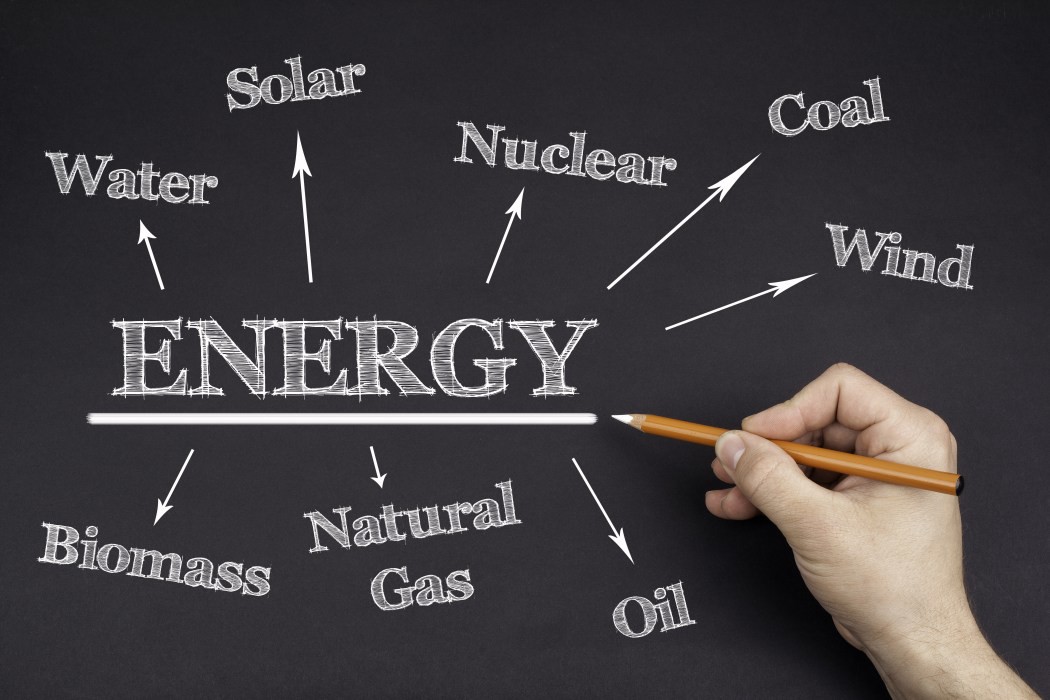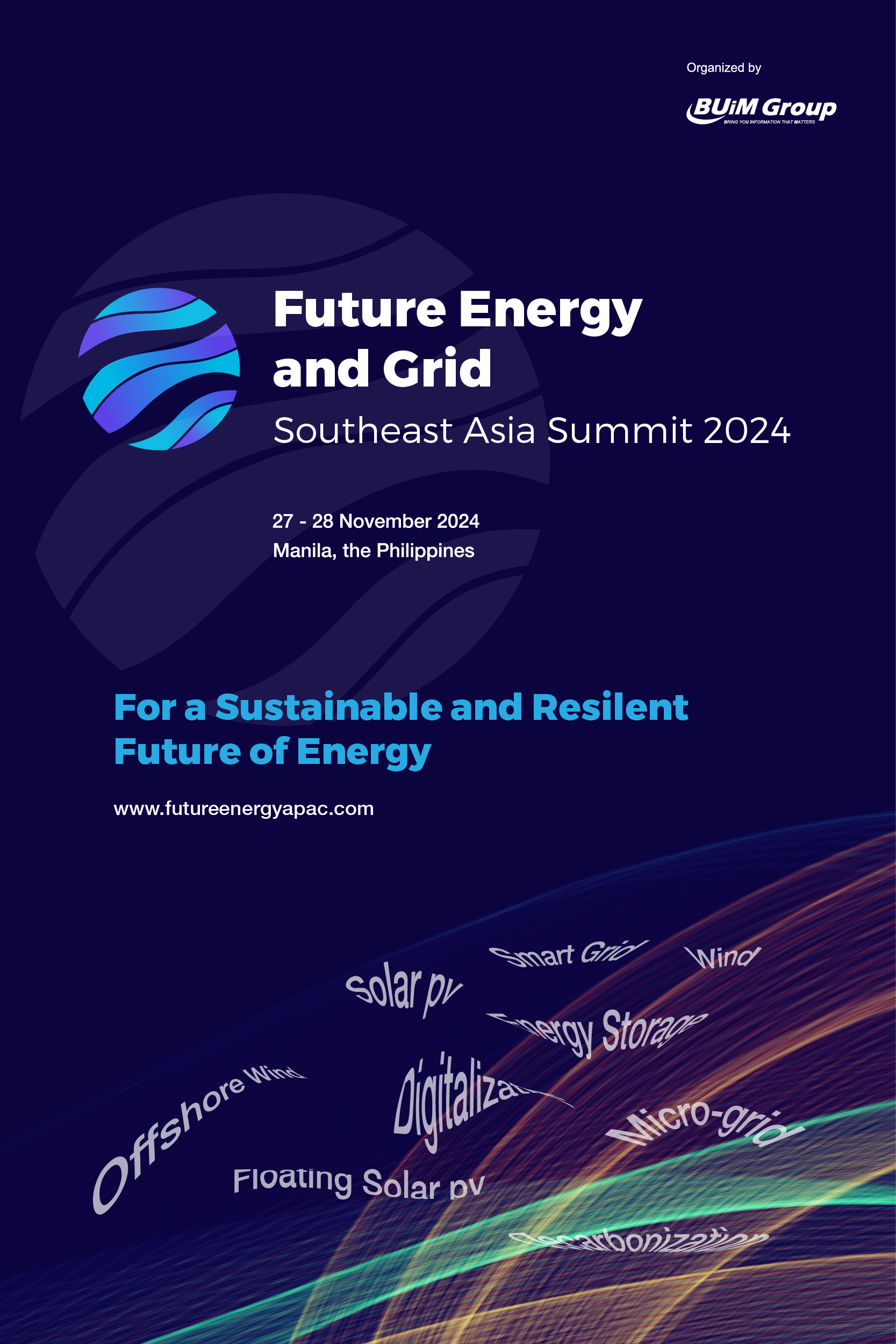People consume energy every day. When you turn on the lights or your television, there is electricity. There is a certain standard of living humans have become accustomed to and energy contributes a lot to this. There is no doubt that electric power is needed in order for humans to perform their daily tasks.
Now there is the question: how will we be able to sustain our energy sources.
The human population currently stands at 7.4 billion. Companies capitalizing on the power industry have been able to provide for the energy demand so far. There are different ways to acquire energy and they have been categorized into renewable and nonrenewable sources.
NON-RENEWABLE ENERGY
Fossil fuels make up majority of the energy source of the world. Coal, fuel oil and natural gas are considered fossil fuels. This energy source has been utilized for generations. Fossil fuels come from plant and animal fossils that formed over millions of years.
However, this energy source is nonrenewable. These sources are mined or drilled by fossil fuel industries to produce electricity for power or fuel for transportation. How much fossil fuel companies can extract from the earth is immeasurable, but it surely has a limit.
Aside from that, fossil fuels are considered detrimental to the environment, causing air pollution and damages to the earth. Because of this, companies are now starting to look into more sustainable sources of energy.
RENEWABLE ENERGY
In the beginning, renewable energy was not able to gain much investment compared to energy sourced from fossil fuels because to built its plants alone would be costly, and the price of generation and distribution also had to be taken into account.
Today, even solar panels are becoming cheaper than fossil fuels. Sunlight, wind, water and heat are the main sources of renewable energy. Solar, wind and hydroelectric energy are the most usual renewable energy sources. Solar energy is collected from sunlight with the use of solar panels. Free flowing water, such as rivers and water falls, give hydroelectric energy. Wind energy is accumulated through the use of wind mills.
PHILIPPINE CONTEXT
The Philippines relies largely on fossil fuels as an energy source, especially coal. 2010 saw the highest consumption of fossil fuels.
The mining sector of the country has been the center of a lot of discussions from the environmental to the political point of view. There have been movements against fossil fuel companies by the religion and environmental sectors.
GLOBAL STATE
The world is now shifting towards a more environmental friendly and economic energy source. Wind and solar energy are becoming preferable over fossil fuels. Due to falling prices, investors are now more likely to invest in renewable energy companies over fossil fuels.
However, the challenge is still there. Renewable energy has to keep up with the rapid increase in demand for power and electricity. Although this technology has evolved over the past decade, the population is growing even faster. This is why fossil fuels are still the biggest contributor of energy in the world.


